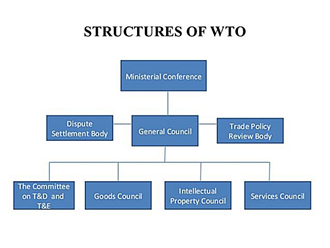Land reforms refer to the various institutional measures aimed at altering the existing patterns of land ownership, tenancy, and management. These reforms focus on redistributing land ownership to landless or marginal farmers, regulating rents, and promoting cooperative organizations and agricultural education. Land reforms are a crucial aspect of agrarian reform, encompassing not only changes in ownership but also measures to enhance productivity and social equity in rural areas. Land reforms in India have been a critical component of rural development, addressing historical inequities and promoting agricultural productivity.
Historical Perspective of Land Reforms
Historically, land in India was often collectively owned. During the colonial era, land revenue was a major source of income for the British government. Various systems were introduced to collect land revenue, including the Zamindari, Ryotwari, and Mahalwari systems. These systems often led to the exploitation of tenants and poor agricultural productivity.
1. Zamindari System: Introduced in 1793 by the Permanent Settlement Act, this system recognized zamindars as landowners with rights to collect rent from peasants. However, it led to significant exploitation as zamindars prioritized revenue collection over agricultural development.
2. Ryotwari System: Introduced in 1820, this system involved direct collection of revenue from peasants by the British government. The system aimed to recognize peasants as landowners, but high taxation rates often led to exploitation.
3. Mahalwari System: Introduced in 1822, this system involved village communities collectively responsible for revenue payment. While it promoted communal ownership, it also imposed heavy burdens on villages, leading to financial strain and social tensions.
Need and Objectives of Land Reforms
Land reforms were introduced to address several critical issues:
1. Stopping Exploitation of Tenants: Prevent landlords from exploiting tenants through high rents and arbitrary evictions.
2. Ownership Transfer: Transfer ownership of land from landlords to peasants to ensure social equity.
3. Enhance Productivity: Improve agricultural productivity through better land management practices.
4. Social Equality: Ensure equality of status and opportunity for all sections of the rural population.
Spread the Word


